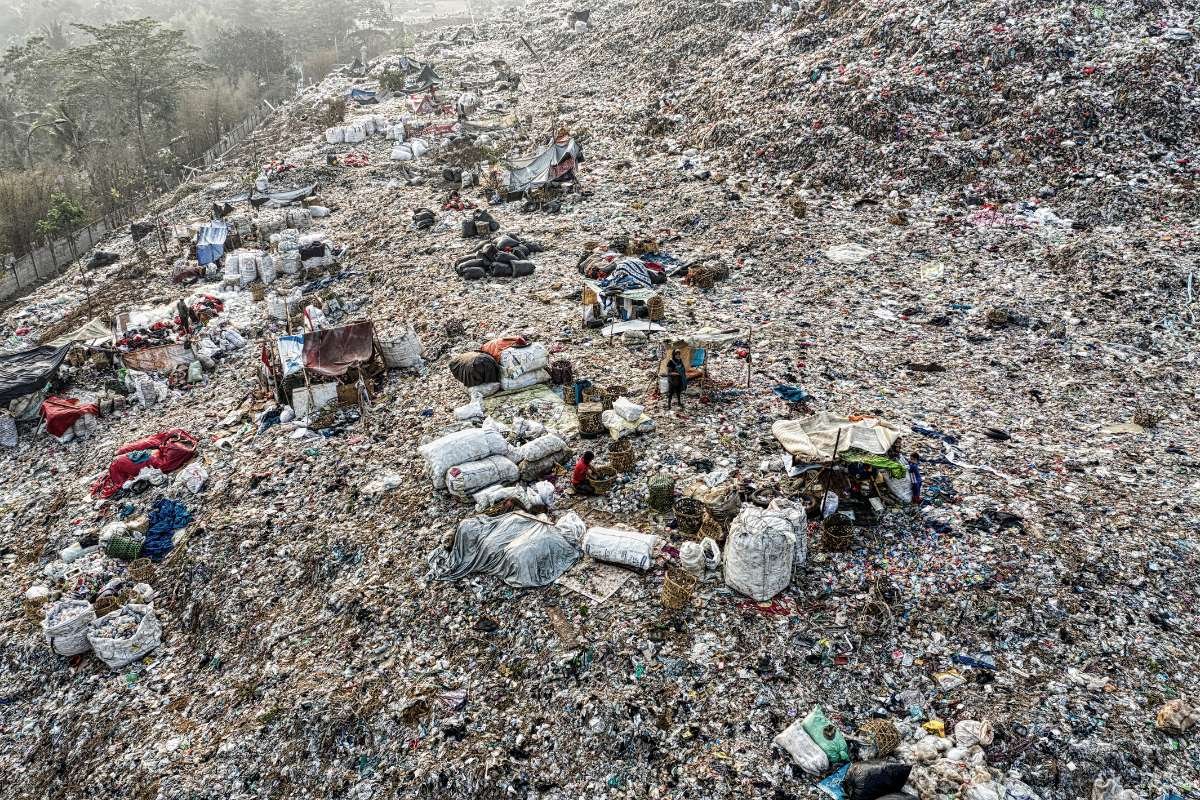Welding is a standard process in various industries, including construction, manufacturing, and automotive repairs. While it plays a significant role in these sectors, knowing the potential risks associated with the fumes generated during welding operations is essential. Considering the hazardous Welding Fume Composition, safety equipment such as a portable fume extractor has become more important than ever. This article will explain why this composition is dangerous and what to do if inhaled.
Understanding Welding Fume Composition

Welding fumes are a complex mixture of fine particles and gases emitted when metals are heated above their melting points. The composition varies depending on several factors, such as the type of metal being welded, the welding process used (e.g., MIG, TIG, or arc welding), and the presence of any coatings or contaminants on the metal surface.
The primary component of welding fumes is metal oxides, which can include manganese, iron, nickel, titanium, aluminum, copper, chromium, and zinc. Hazardous gases like ozone and nitrogen oxides may also be potential constituents. It’s worth noting that different combinations and concentrations of these elements result in distinct fume compositions.
Health Hazards Associated with Welding Fume Composition
Depending on the specific composition of welding fumes, inhalation can lead to various short-term and long-term health issues. Short-term effects can range from respiratory irritation (e.g., coughing and wheezing) to more severe symptoms such as dizziness or nausea.
Long-term exposure to specific components in welding fumes has been linked to more severe health conditions. For instance:
1. Manganese has been associated with neurological disorders similar to Parkinson’s disease.
2. Nickel compounds have known carcinogenic properties.
3. Chromium VI compounds are known to cause lung cancer.
It is crucial to minimize exposure and take appropriate precautions to ensure workplace safety for welders and those who are near welding activities.
Preventing Welding Fume Inhalation

Anyone working with or around welding processes should follow specific measures to reduce the risk of inhaling harmful welding fumes:
1. Ventilation Systems:
Proper ventilation is essential in removing welding fumes from the immediate breathing zone. Local exhaust ventilation systems, such as fume extractors and hoods, can effectively capture and remove fumes at the source.
2. Personal Protective Equipment (PPE):
Welders must wear appropriate PPE, including respiratory protection. To minimize inhalation, NIOSH-approved respirators with designated filters for welding fumes should be worn. PPE kits are also invaluable in protecting healthcare workers.
3. Engineering Controls:
Engineering controls can further mitigate the risks associated with welding fume exposure. Enclosed cabins or extraction arms can be used to contain and remove fumes away from workers.
4. Training and Awareness:
All individuals involved in welding operations should be regularly trained on the hazards of welding fumes and the proper use of safety measures.
What Do You Do If You Have Inhaled Welding Fumes?

If you suspect that you may have inhaled welding fumes, it’s crucial to take prompt action:
1. Move to a well-ventilated area:
Immediately remove yourself from the vicinity of any ongoing welding activities and seek fresh air in a well-ventilated space away from potential fume sources.
2. Assess symptoms:
Listen to your body’s response and evaluate any symptoms you might be experiencing. If symptoms are severe or persist, seek medical attention immediately.
3. Medical consultation:
Consult a healthcare professional who understands occupational health risks for proper assessment and guidance on subsequent steps, if needed.
Remember, every incident of inhaling Welding Fume Composition should be treated seriously, regardless of the immediate symptoms experienced or their severity. Timely intervention ensures individual well-being and prevents potential long-term effects associated with prolonged exposure.
Conclusion
Understanding the Welding Fume Composition and the health risks associated with their inhalation is essential for maintaining a safe, productive workplace. Individuals can ensure their safety when working with or near welding processes by implementing effective preventive measures such as appropriate ventilation, personal protective equipment, regulatory compliance, and ongoing training programs. In case of any exposure to welding fumes, seeking medical advice promptly is crucial to assess potential risks and mitigate any adverse effects.


















